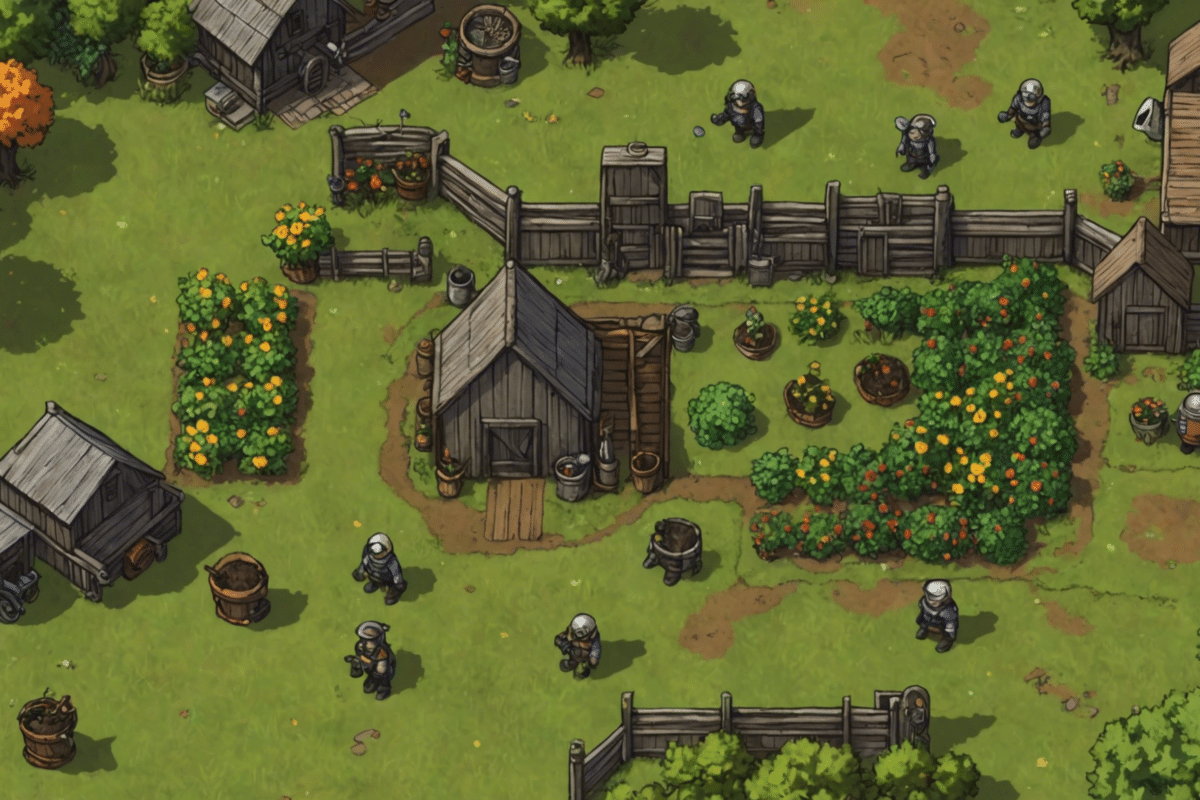When considering the expansion of a garden or embarking on a new landscaping project, the choice of plants and how they are introduced into the garden is essential. Hydrangeas, known for their lush foliage and large, vibrant blooms, are a favorite among gardening enthusiasts. But when it comes to starting these plants, should one opt for seeds, or are other methods more efficient? This article explores the viability and considerations of planting hydrangea seeds.
Understanding the Basics of Hydrangea Seeds
Hydrangeas are predominantly propagated through cuttings or division. However, growing them from seeds is a method that poses a unique challenge. The seeds are tiny, somewhat finicky in their requirements, and can be slow to germinate. Furthermore, seeds collected from most hybrid hydrangeas do not produce true to type, meaning the offspring may not resemble the parent plant. Despite these challenges, growing hydrangeas from seeds can be a rewarding experience for a patient gardener willing to nurture them from their nascent stage to full bloom.=p>
Pros of Planting Hydrangea Seeds
Opting to grow hydrangeas from seeds offers several advantages:
- Cost-effectiveness: Seeds are generally cheaper than purchasing mature plants or cutbacks.
- Variety: Growing from seeds might introduce some genetic variability, offering a surprise element in the type of hydrangeas one might cultivate.
- Satisfaction: There is a unique joy and a sense of achievement in seeing a plant grow from seed to a flourishing shrub.
The Germination Process
The germination of hydrangea seeds requires specific conditions to be met. The seeds must be sown in a moist, well-draining propagation medium, ideally at temperatures ranging between 65 to 70 degrees Fahrenheit. The soil should regularly be kept lightly moist but not waterlogged. Covering the seeds lightly with soil and placing them in a location with indirect light supports the best germination environment. Germination can take several weeks, and once seedlings appear, they must be kept under controlled conditions until they are strong enough to be transplanted outdoors.
Challenges in Growing Hydrangeas from Seeds
While the process can be enchanting, there are notable challenges:
- Slow growth: Hydrangeas grown from seeds can take a few years to grow large enough to flower.
- Unpredictability: Seed-derived hydrangeas may not inherit all the desirable traits of the parent plant.
- Care requirements: Seedlings are delicate and require more attention compared to established plants.
Best Practices for Success
To increase the chance of success when growing hydrangeas from seeds, consider the following tips:
- Start seeds indoors in a controlled environment to protect them from extreme weather conditions.
- Use a lightweight, fertile growing medium that retains moisture yet drains well.
- Regularly monitor soil moisture and adjust watering practices as needed to maintain optimum growth conditions.
- Gradually acclimatize seedlings to outdoor conditions before planting them in their final location to reduce transplant shock.
Frequently Asked Questions
How long does it take for hydrangea seeds to germinate?
It generally takes about 2-4 weeks for hydrangea seeds to germinate, provided the conditions are optimal. Patience is key, as sometimes they may take a bit longer.
Can I grow hydrangeas from seeds collected from my existing plants?
While it’s technically possible, seeds collected from hybrid plants may not result in offspring identical to the parent. For more predictable results, consider propagation by cuttings.
When is the best time to plant hydrangea seeds?
The ideal time to start hydrangea seeds is during late winter to early spring, which allows seedlings to become strong enough by the time they are moved outdoors.
In conclusion, while not without its challenges, growing hydrangeas from seeds is a worthy endeavor for those with extra patience and seeking a deeper connection with their garden. Each seed presents a potential for a beautiful and unique addition to your garden spaces, creating an intimately personal floral showpiece.












